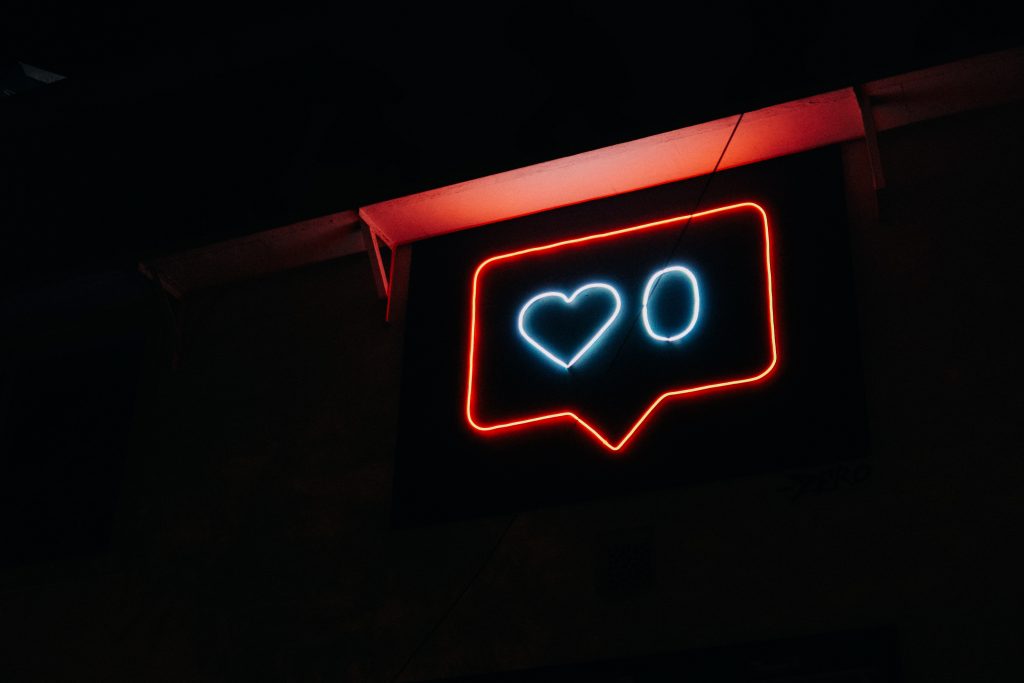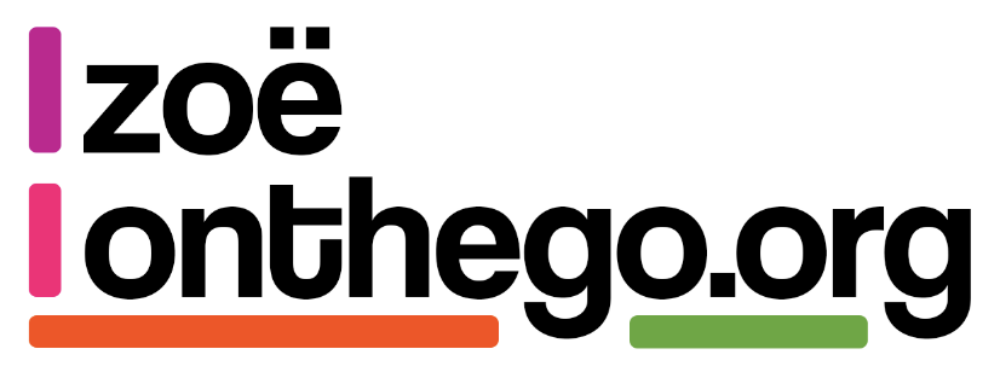Why we need to bring user centric design into our Communications in the public Sector.
Having been involved in the hiring of many Content and Interaction Designers in the last few years, we’ve always preferred candidates from within the Public Sector, because they tend to have the same specialisms as we in the Digital Data and Technology (DDaT) Profession have, looking down our nose a little at applicants from the private sector who seem to be a bit of a ‘jack of all trades of design’ doing some social media, some UX and some content design.

We want people who understand user centric design, who design services based on user needs. We want content designers used to working in multidisciplinary teams designing and developing services. We want Content Designers who are used to designing what ‘we’ class as Content, which having spoken to people interested in applying for our roles seems to be quite often different, or at least a narrower definition, to what the wider industry classes as Content. A search for content design jobs online shows the breadth of jobs that can fall under that category.
But in the last year or so I’ve begun to look at those we have left behind with this approach, those we have excluded and where this has left us, especially in terms of both recruitement, and our engagement with our users.
The Government Design community is constantly growing and expanding. With the salaries being offered quickly outsripping the number of candidates we have available. We are all constantly stealing candidates from each other, and those departments and agencies that can’t afford to pay that much, are left relaying on contractors because we can’t hire people.
Digital is seen as a channel for contact, and within the public sector we are moving our products and services online. However, social media is generally not considered as part of that transformation. It is not a transactional service, and therefor generally not considered within the remit of the Digital design teams. The content we put out on social media is seen as the same as we put out to the press, it is a tool for giving out information, as such the people on our social media teams tend to be comms professionals, or people with a background in journalism or marketting.

Interestingly Social Media teams are not generally included within the Government design community, and until a conversation 18 months ago with Joanne Rewcastle at DWP Digital I’d never really thought about that. The DDaT roles are based around the roles first needed by Gov.uk and expanded on from there as part of the work by GDS. As such these are the roles needed to design and develop transactional services. Which makes sense.
However, it means we are not thinking about what our users need from our social media. We are not designing the content we put on social media in the same way as the content we put on our digital services, or even our websites.
Also, it means when it comes to recruitment, we are not looking preferably on those people who have a social media or wider comms background as they are not, by the DDaT definition, Content Designers, and unfortunately it is currently quite hard for people working in Social media or wider comms to move over into the Content Design space as they tend to not have the experience of working in multidisciplinary teams or on transactional user needs driven services we are looking for.
With our digital services we have to ensure they are accessible. Our content designers and interaction designers are experts in making sure our content is accessible and understandable by everyone. But in my experience we haven’t been making sure our social media teams are experts in that as well.

It was from Content Design and Accessibility expert colleagues I learned the rule of #CapatalisingYourHashTags so that they can be better understood by accessibility software. The same goes for images and emojis, are we all making sure we’re using them in such a way that screen readers and accessibility software can understand them? If our users are using social media, if that is a service we offer, then do we not have the same responsibility to make sure that service is as usable and accessible as any other service we offer? Even if it isn’t ‘transactional’.
Our Social media colleagues are generally great in helping us think about how to design messages in ways to engage the audiences on different channels, they understand the demographics of the users on the different platforms and what messages work best with which users where. They often have a wealth of data and evidence regarding our users that could benefit Product Development teams. When we’re considering as Product teams how to engage our users it seems to me that is a great time to engage with our social media colleagues. Equally, Product teams, through user research sessions and user needs analysis collect a lot of evidence and data teams that could benefit our Social Media colleagues. Unfortunately I’ve seen very few places pulling those skills together well.
Full credit to DWP Digital’s social media team here, where the team reached out and joined up with the content design community even though they were not officially part of it according to the DDaT professions, to ensure they were considering user needs in how they used social media. That team worked incredibly hard to build people’s awareness of how to use social media, to ensure content was accessible and usable.

A few other Departments have done simillar, and I think that is a good thing. But I also think we need to look again at social media across the public sector. It’s not just a marketing tool anymore, In the age of the internet a good social media presence can make or break a company. Nothing is ever really gone from the internet, and that tweet or Facebook post from 5 years ago can come back to bite you on the bum.
So why are more places not using the principles of user design in our social media, or recognising the hard work of those people who are pushing for accessibility and user design in social media as much as those who are designing good content for a website or transactional service?
We need to recognise that the people within our Social Media teams and our Content Design teams have more in common than not, and that when we are recruiting we can gain a lot from people who come form both sides of that bridge.
